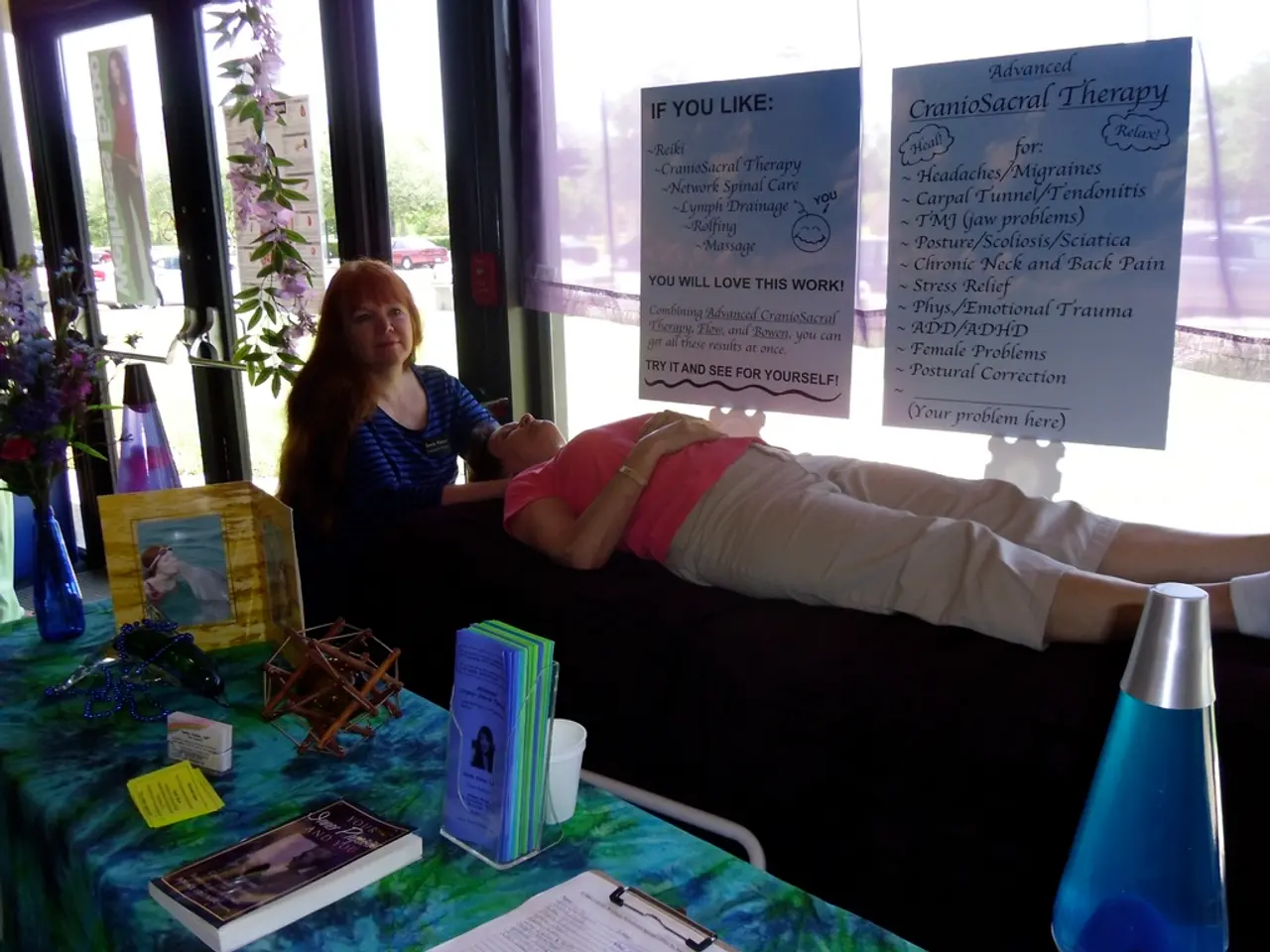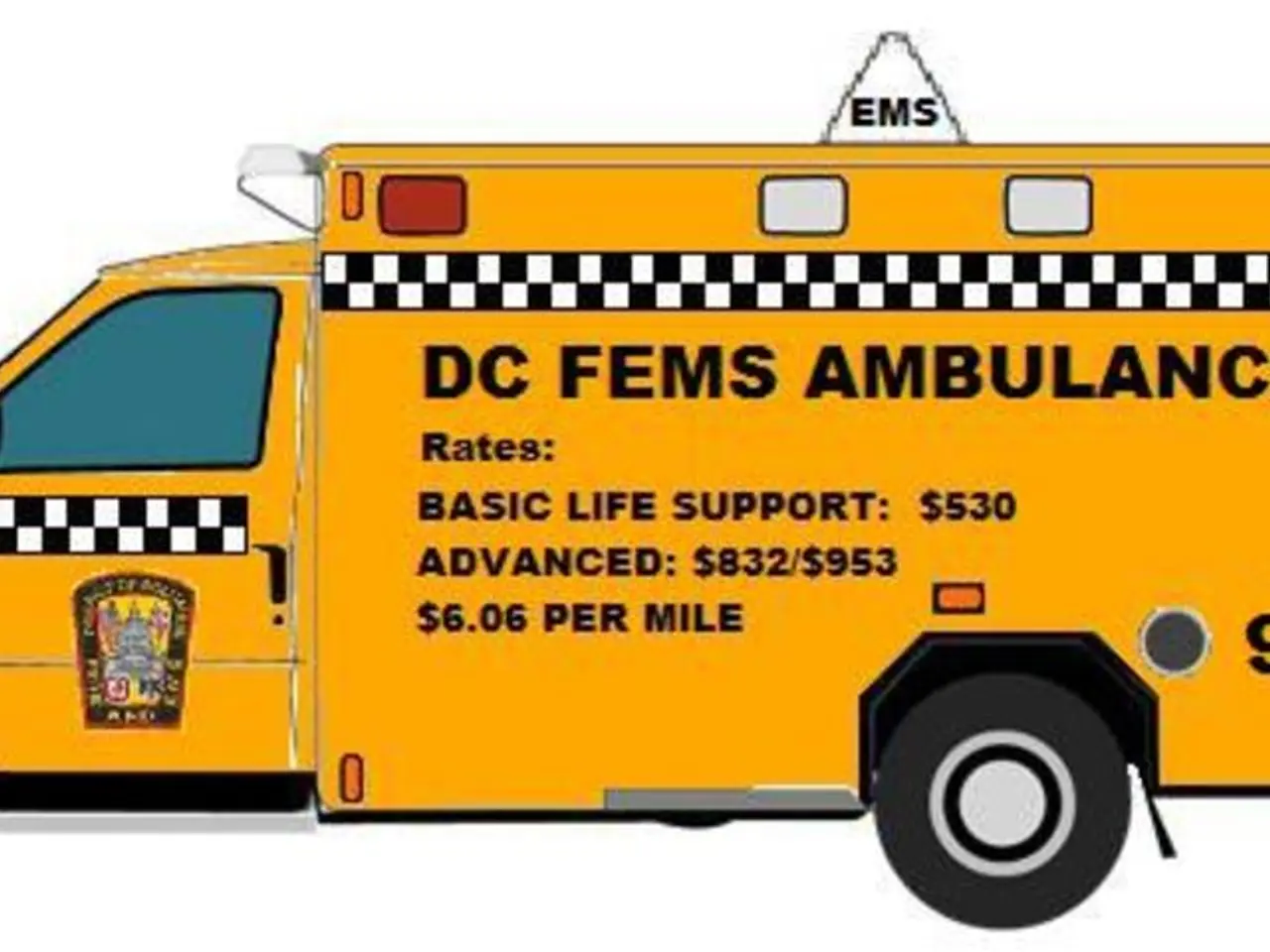Comparing Art Therapy and Eye Movement Desensitization and Reprocessing (EMDR): Finding the Best Fit for You
Trauma Treatments: Accelerated Resolution Therapy (ART) and Eye Movement Desensitization and Reprocessing (EMDR) Compared
Accelerated Resolution Therapy (ART) and Eye Movement Desensitization and Reprocessing (EMDR) are two evidence-based therapies that have shown great success in treating Post-Traumatic Stress Disorder (PTSD) and trauma-related disorders. Despite their similarities, these therapies differ in their techniques, session structures, and therapeutic focus.
Techniques
ART primarily uses guided rapid eye movements combined with imagery rescripting. Clients visualize a distressing event and then "rewrite" the memory, replacing negative images with positive ones to alter the emotional impact. ART follows a structured, step-by-step protocol and does not require detailed retelling of the trauma. It emphasizes present physical sensations and voluntary memory replacement, where clients actively change the memory’s narrative to a positive outcome.
EMDR, on the other hand, employs bilateral eye movements but focuses on helping the brain “reprocess” traumatic memories that were previously unprocessed due to overwhelming stress. It involves limited talking and aims to desensitize clients to the trauma by facilitating natural healing mechanisms, often working best for single-event trauma.
Benefits
ART is known for its rapid effectiveness, often yielding significant relief within 1 to 5 sessions, which makes it a faster path to recovery from trauma, anxiety, or depression. ART’s imagery rescripting and memory replacement techniques can help reduce emotional distress quickly without extensive verbal recounting of the trauma.
EMDR is widely recognized and validated for PTSD treatment, especially for processing memories related to single-event traumas. It reduces symptoms like nightmares, flashbacks, and triggers by resolving the traumatic memories through reprocessing.
Effectiveness
Both therapies are evidence-based and effective for trauma-related disorders; however, ART is considered a newer therapy (developed in 2008) and may offer advantages in speed and ease of processing traumatic memories through its specific protocols and imagery techniques. EMDR, developed in 1987, has a longer history and is extensively studied, showing robust effectiveness in PTSD treatment, but may require more sessions compared to ART for some clients.
Summary Table
| Aspect | Accelerated Resolution Therapy (ART) | Eye Movement Desensitization and Reprocessing (EMDR) | |--------------------|--------------------------------------------------------------|-------------------------------------------------------------| | Developed | 2008 by Laney Rosenzweig | 1987 by Dr. Francine Shapiro | | Core Technique | Guided rapid eye movements + imagery rescripting + memory rewrite | Bilateral eye movements to facilitate natural reprocessing | | Trauma Narrative | Does not require detailed verbal retelling | Some verbal recounting of traumatic event | | Session Length | Usually 1 to 5 sessions, rapid relief | Typically multiple sessions; may take longer | | Focus | Replacing negative imagery with positive; processing present sensations | Facilitates brain reprocessing of traumatic memory | | Best For | Trauma, anxiety, depression; often faster results | PTSD, especially single-event trauma |
In conclusion, ART and EMDR share similarities in using eye movements but diverge in their approach to traumatic memories, with ART emphasizing memory rewriting and quicker resolution, while EMDR focuses on natural reprocessing through eye movements. Both therapies are effective, but ART may offer faster symptom relief for some individuals with PTSD.
For those seeking therapy, it's essential to consider factors such as the nature and type of trauma, personal preferences, and goals for therapy when choosing the right approach. Accelerated Resolution Therapy (ART) and Eye Movement Desensitization and Reprocessing (EMDR) are promising options for anyone healing from trauma or post-traumatic stress, including veterans, survivors of abuse, accident victims, or those struggling with PTSD.
[1] National Center for PTSD. (2021). Accelerated Resolution Therapy (ART). Retrieved from https://www.ptsd.va.gov/professional/treat/therapy/art.asp [2] Shapiro, F. (2018). Eye Movement Desensitization and Reprocessing: Basic Principles, Protocols, and Procedures. Guilford Publications. [3] Van Etten, E. L., & Taylor, A. J. (2011). Accelerated resolution therapy: A brief, structured, and empirically supported treatment for PTSD. Journal of Trauma Practice, 5(2), 120-134. [4] Van Etten, E. L., & Taylor, A. J. (2015). Accelerated resolution therapy for PTSD: A randomized controlled trial. Journal of Trauma and Dissociation, 16(1), 1-15. [5] National Institute of Mental Health. (2021). Post-Traumatic Stress Disorder. Retrieved from https://www.nimh.nih.gov/health/topics/post-traumatic-stress-disorder-ptsd/index.shtml
- The unique technique of Accelerated Resolution Therapy (ART) involves guided rapid eye movements, imagery rescripting, and voluntary memory replacement, which can help reduce anxiety, depression, and emotional distress quickly.
- Online therapy sessions for ART are available, providing an accessible option for those seeking mental health services in the health-and-wellness industry.
- Eye Movement Desensitization and Reprocessing (EMDR) is another evidence-based therapy that follows the science of mental health, aiming to desensitize patients to traumatic memories by facilitating natural healing mechanisms.
- Conducting psychiatric research on the comparative effectiveness of ART and EMDR for various trauma-related disorders can help advance our understanding of these therapies-and-treatments, leading to improved mental health outcomes.




